Video Credit: motivationaldoc via Youtube
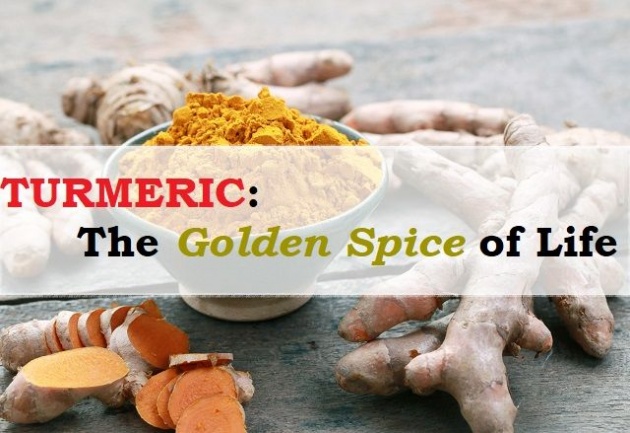
Image Credit: Baker's Journal / Edited via Photoshop
☙What Is Turmeric?❧
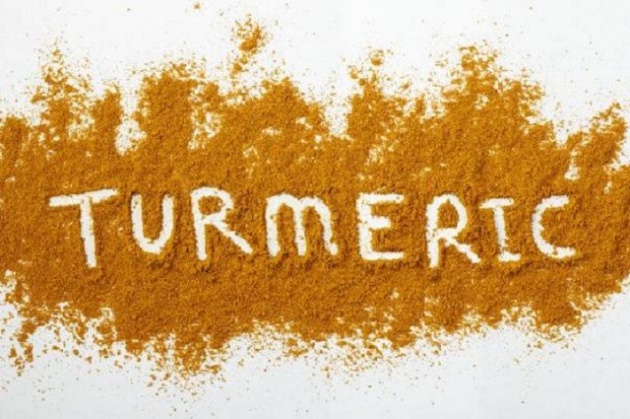
Image Credit: My Hemochromatosis Help
Turmeric, the Curcuma longa, and is also known as the Indian saffron or the golden spice, is a subterranean plant with creeping rhizomes or root stalks and is a perennial flowering plant from the same botanical family of ginger. It is a plant that is native to Asia and Central America.
The turmeric powder we find in the groceries are made from the ground root of the turmeric plant and can be used in a variety of things. It can be used in cooking, tea, dye, as health supplements, used as indicators to determine the acidity and alkalinity levels, and many more.
☙The Many Uses Of Turmeric❧
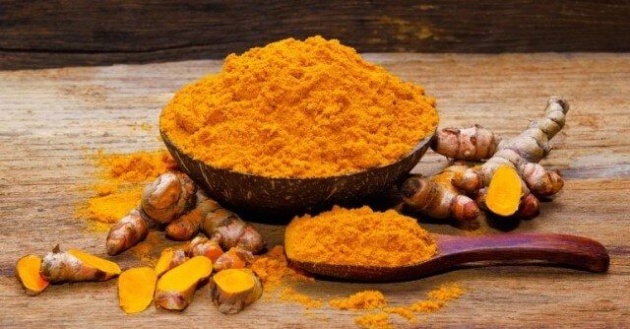
Image Credit: alivebynature
Turmeric is a spice that has been used by our ancestors in cooking and medicine for more than 4000 years. It has been found to be used as far back as the Vedic culture in India. In some texts found by researchers, turmeric has been used by ancient people as medicine for digestive disorders due to eating spoiled food, liver problems, and as skin tonics.
Here is a short explanation about the many uses of turmeric.
☙Culinary❧
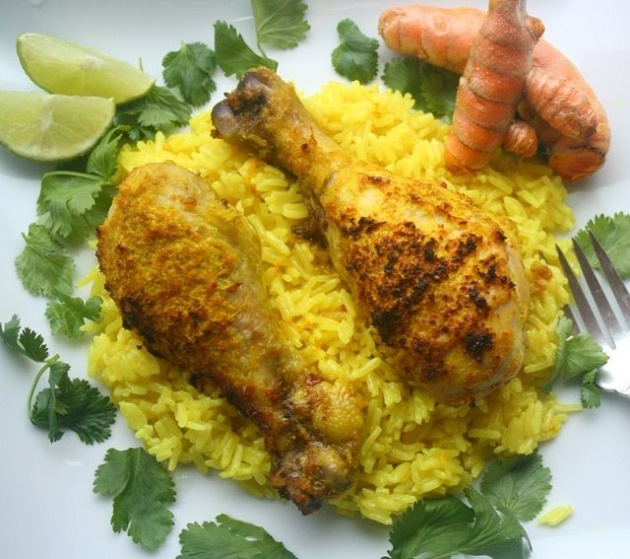
Image Credit: Cavewoman Cafe
Turmeric is one of the main key ingredients in Asian cooking. Many people think that turmeric is a curry spice and that it is spicy in flavor, they could not be more wrong. Turmeric gives curry its signature yellow color and its unique flavor but it is not spicy at all. It has a mustard, earth-like pungent and slightly bitter flavor. It is a spice used in savory dishes, as well as being added in pickles and relish, and can be used as a substitute for saffron.
It can also be used in drinks and desserts such as the Lebanese almond semolina cake known as "sfouf" as well as the Indian turmeric leaf rice cake called "Patoleo". Turmeric is also used in a drink that has been getting popular nowadays, most especially in the US and the UK, known as the "turmeric latte" or "golden milk"
☙Dye❧

Image Credit: 1worldsarongs
The strong, yellowish color of turmeric has been used a poor fabric dye for fabrics such as sarongs and Buddhist monk's robes in India for a long time now. Not only is it used to color fabrics, but it has also been used as dyes for foods such as cheeses, butter, margarine, yogurts, marinades, and in salad dressings.
☙Traditional Health Medicine❧
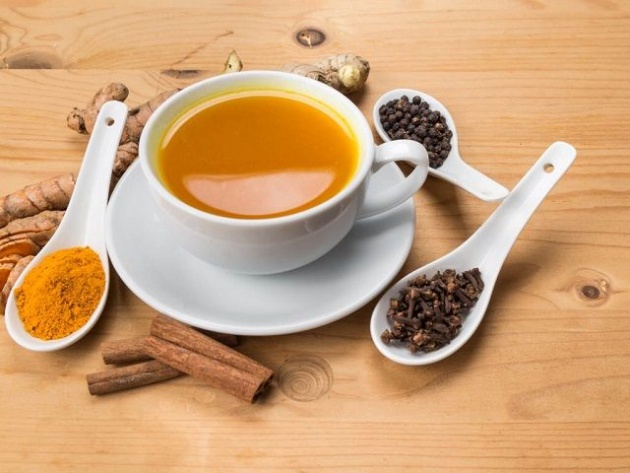
Image Credit: drweil
Turmeric is a spice that has been used by our ancestors in Cooking, Ayurveda, Siddha medicine, folk medicine, traditional Chinese medicine, and Unani for more than a thousand years. Despite its long history as a nutritional health food and medicine, researchers are still being surprised today due to its wide range of beneficial health benefits.
While it started as a spice filled with anti-inflammatory properties, detoxification, and help in decreasing cancer risks, it is now known for its many health benefits such as improving cognitive functions, blood sugar levels, reduce arthritis, digestive disorders, and kidney functions
☙Ph Level Indicator❧
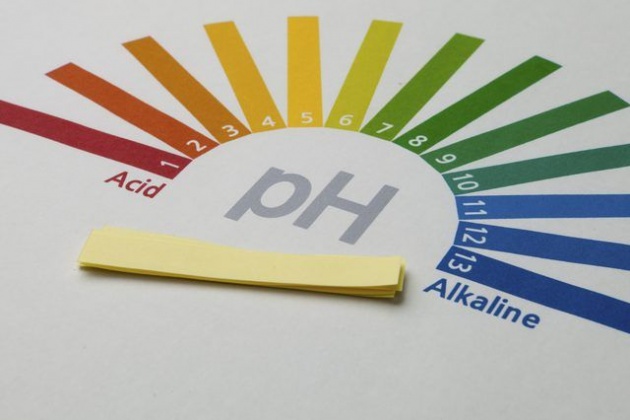
Image Credit: hunker
Turmeric paper is a paper that has been dipped in an alcoholic extract made with turmeric and has been left to dry. It is used as an indicator of the Ph level of chemical analysis. It turns brown to reddish brown in alkaline solutions and yellow in acidic solutions.
☙Skin Tonic❧

Image Credit: Healthiest Alternative
Turmeric contains a phytonutrient known as curcumin, curcumin contains plenty of antioxidants which can help improve our skin condition. Taking in turmeric supplements as well as using it in facial creams, skin lotions and other skin improving cosmetics can help you look younger and better-looking skin.
☙Popular Ways to Take Turmeric❧
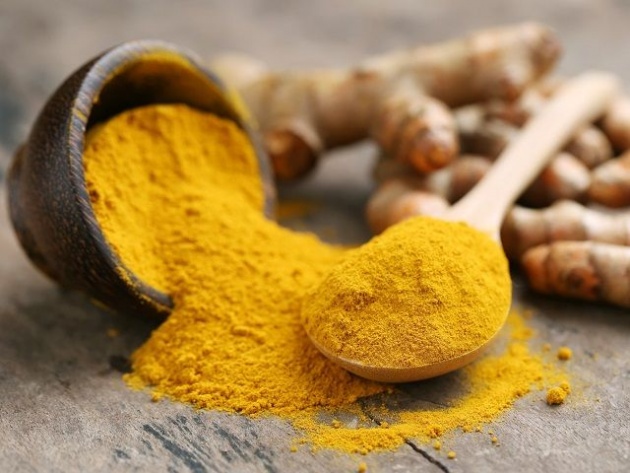
Image Credit: rtrfm
Turmeric can be used in a variety of ways but there are three ways that stand out among others when using turmeric.
- Raw Turmeric is the root taken from the plant directly, it can be used as is and it can be sliced, juiced, grated, blended, mashed, and more. Raw turmeric is much more beneficial because by drying the turmeric, many beneficial ingredients such as the turmeric oil is lost.
- Turmeric Powder is made by drying the turmeric roots. It is convenient to use and can be stored for a long time, unlike raw turmeric. It can be used in a variety of ways, it can be used in cooking, making juice, tea, shakes, and many more.
- Turmeric Supplements are an easy way to get the benefits from turmeric without any work at all. They are sold in various health stores in readily made capsules. You just need to take the indicated dosage. The only problem in taking supplements is that it should not be taken for a long time unlike in using raw turmeric or turmeric powder.
☙Proper Dosage for Turmeric❧
Just as with any other food supplement, proper dosage for turmeric is needed. Too little and the effects might not be visible enough and too little can cause a variety of health problems.
Depending on whether you are using fresh or dried turmeric, the amount to be consumed is different as well. Fresh turmeric, which is the rhizome or the root of the plant can be sliced, grated, or juiced. The ideal amount for raw turmeric is around three to four grams per day while the daily dosage for using dry turmeric powder is about one teaspoon per day.
☙Health Benefits of Turmeric❧
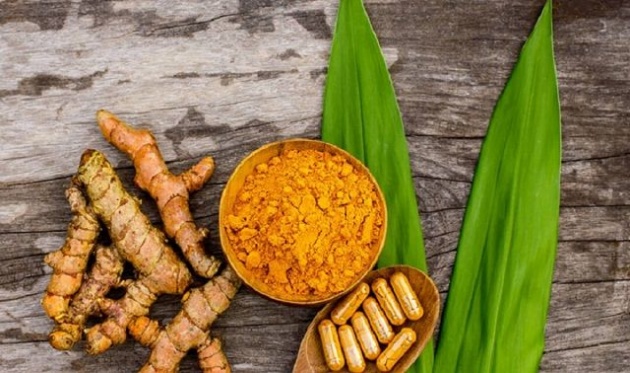
Image Credit: urbangyal
Turmeric contains a phytonutrient called curcumin that is full of antioxidants and has been found by researchers to be beneficial to our heart, cardiovascular and joint health.
Here is a list of the health benefits of turmeric.
- Turmeric is full of antioxidants.
- Turmeric is anti-inflammatory.
- Turmeric is good for digestive health.
- Turmeric helps to increase cognitive functions.
- Turmeric lowers the risk of brain diseases.
- Turmeric can help reduce the risk of cancer.
- Turmeric improves liver functions.
- Turmeric lowers the risk of heart disease.
- Turmeric is good for longevity.
☙Side Effects of Turmeric❧
Just as turmeric and its main ingredient curcumin deliver a variety of health benefits, too much of this spice can be harmful as well. Too much turmeric and curcumin can give rise to a variety of symptoms.
Here is a list of the various side effects of turmeric.
- Too much turmeric can cause digestive disorders.
- Too much turmeric can cause headaches and nausea.
- Too much turmeric can cause skin rashes.
- Turmeric might cause slow blood clotting.
☙Final Thoughts❧
Turmeric is a versatile spice that can be used in various ways, from cooking to medicine. It is full of nutrients that can be beneficial for the body and improve our overall health. So try it now and you will surely never regret it.
Before you go, please take your time and answer this Querlo chat survey.
~oOOOo~vvvvv~oOOOo~
If you're not a Bitlanders member yet, sign up and click here.
You can post and earn $$$.
~oOOOo~vvvvv~oOOOo~
Thank you for taking your time and reading this!
Have a good day!
Written by Eeza_1986 for Bitlanders.



